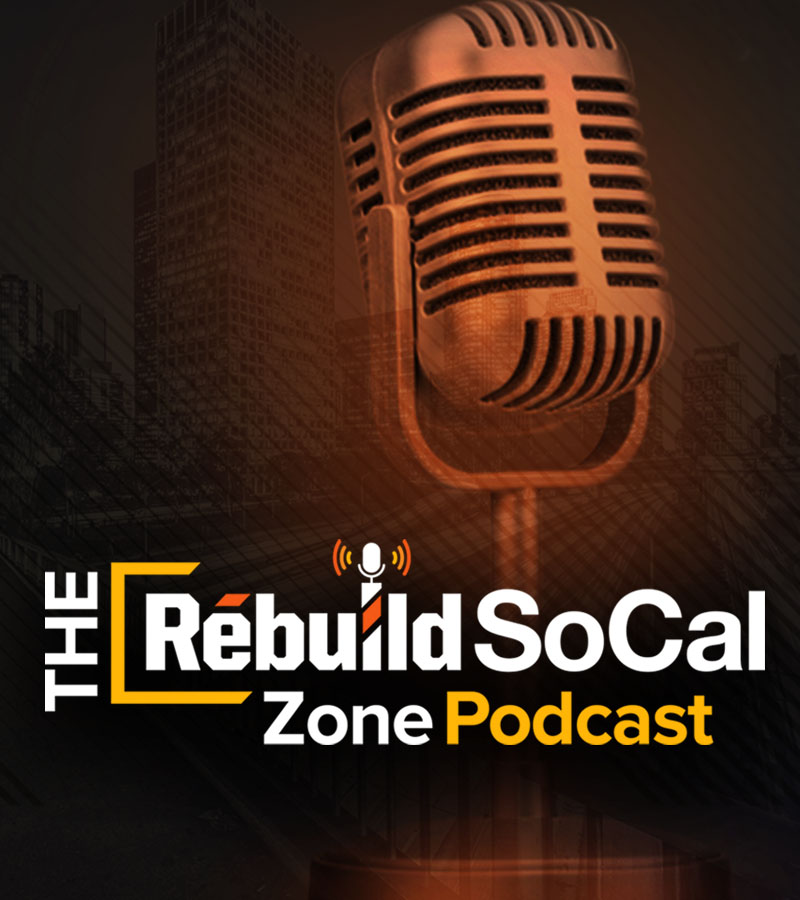New, Searchable Database Shows the Economic Benefits of Government Infrastructure Funding for Every California County
Sacramento, CA – A first-of-its-kind report released today finds that upcoming spending on federal, state and local infrastructure will generate nearly $200 billion in economic activity in California annually over the next decade and will support 700,000 jobs per year.
According to the report, in the next 10 years government investments in California’s transportation infrastructure will grow from $40.4 billion in 2021 to $52.6 billion in 2030. This equates to a return of $4.30 in economic activity for every $1 spent on the transportation system. Every $1 billion spent supports over 15,000 jobs throughout the economy.
The “Economic Impacts of Highway, Street, Bridge, & Transit Investment in California” is the first to examine the impacts of transportation infrastructure spending on all sectors of the California economy, not just the transportation sector. The release includes the launch of a new, searchable online database that breaks down the economic benefits of infrastructure spending in every California county.
County by county breakdowns here.
“There’s no question that construction, maintenance and operation of California’s highway, street, bridge and transit infrastructure is a major economic driver that benefits every sector of the economy,” said Michael Quigley, executive director, California Alliance for Jobs. “This is a groundbreaking report that, for the first time, takes all transportation revenue streams into account — local, state, federal — and quantifies the economic benefits of these investments on California and local economies.”
“Investments in public transit are investments in equity,” said Michael Pimentel, executive director, California Transit Association. “Transit improves access to work and life’s daily necessities in disadvantaged communities, providing reliable transportation options and increased mobility for seniors, persons with disabilities and those without other alternatives.”
Specifically, the report found that:
California highway, street, bridge, and transit investment will support the following $200 billion in annual benefits over the next decade:
- Generate nearly $101.5 billion annually in economic output as businesses throughout the economy sell goods and services to both other businesses and consumers, totaling $1 trillion over 10 years.
- Contribute $52 billion per year of state GSP, adding up to $520 billion over 10 years. This accounts for nearly 2 percent of total GSP.
- Support nearly 700,000 jobs on average each year throughout the economy, with 86 percent of the employment outside of the construction industry.
- This includes an estimated 220,000 jobs in transportation and warehousing, 80,000 jobs in manufacturing and trade and 68,000 jobs in professional and business services. This will add up to over 7 million job-years supported or created over the next 10 years.
- These workers will earn nearly $30.3 billion in wages annually, totaling $303 billion over 10 years.
- $21.2 billion in additional tax revenues each year, adding up to $212.2 billion over 10 years. This includes:
- $6 billion in annual state and local tax revenue from payroll, business, income, sales and use taxes, totaling $60.9 billion over 10 years, and
- $15 billion in annual federal payroll, income, and business taxes, totaling $151.3 billion over 10 years.
This economic activity is driven by construction spending as well as expenditures on transit operations, planning and design work, right-of-way purchases, construction support, administration and research.
The positive benefits of transportation investment flow to all levels of government.
“This report underscores how strategic investment in transportation infrastructure creates strong ripple effects in our cities, including an increase in jobs, economic activity, and tax revenues, while at the same time ensuring equitable access to multiple transportation options for all Californians,” said Carolyn Coleman, executive director, League of California Cities.
“This report underscores the benefits of maintaining and repairing existing roads. Taking a ‘fix-it-first’ approach is environmentally and financially sustainable, while also contributing significantly to the local economy,” said Graham Knaus, executive director, California State Association of Counties.
The research was conducted by Dr. Alison Premo Black, Chief Economist at the American Road & Transportation Builders Association (ARTBA) and released by the California Alliance for Jobs (CAJ), California Transit Association, California State Association of Counties (CSAC) and the League of California Cities (Cal Cities). The newly-created website allows for creation of specific sector reports and more.
The report uses a series of sophisticated models to quantify both the immediate economic activity from increased highway, street, bridge, and transit program spending levels in California and the longer-term user benefits that accrue from improving the transportation system.

